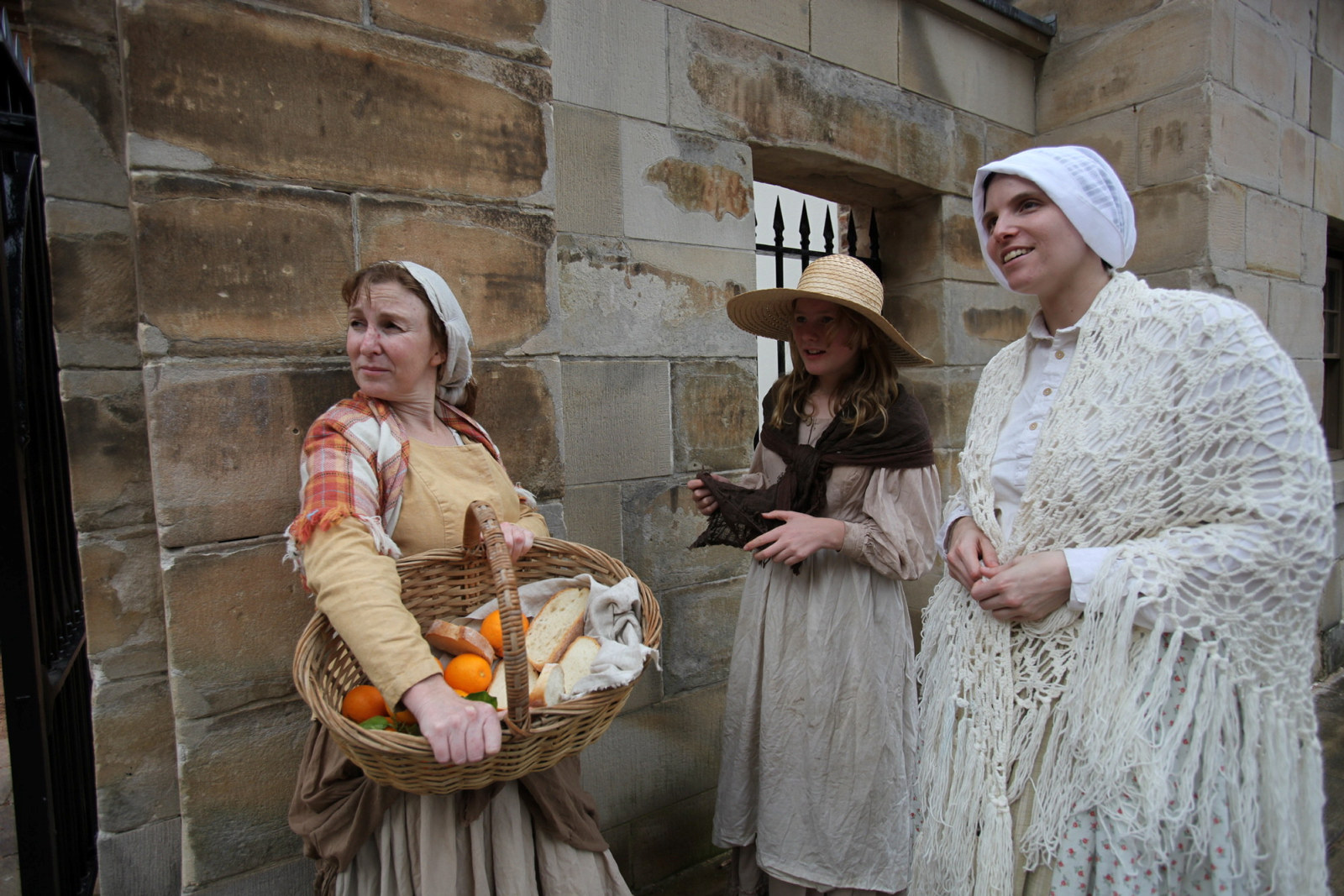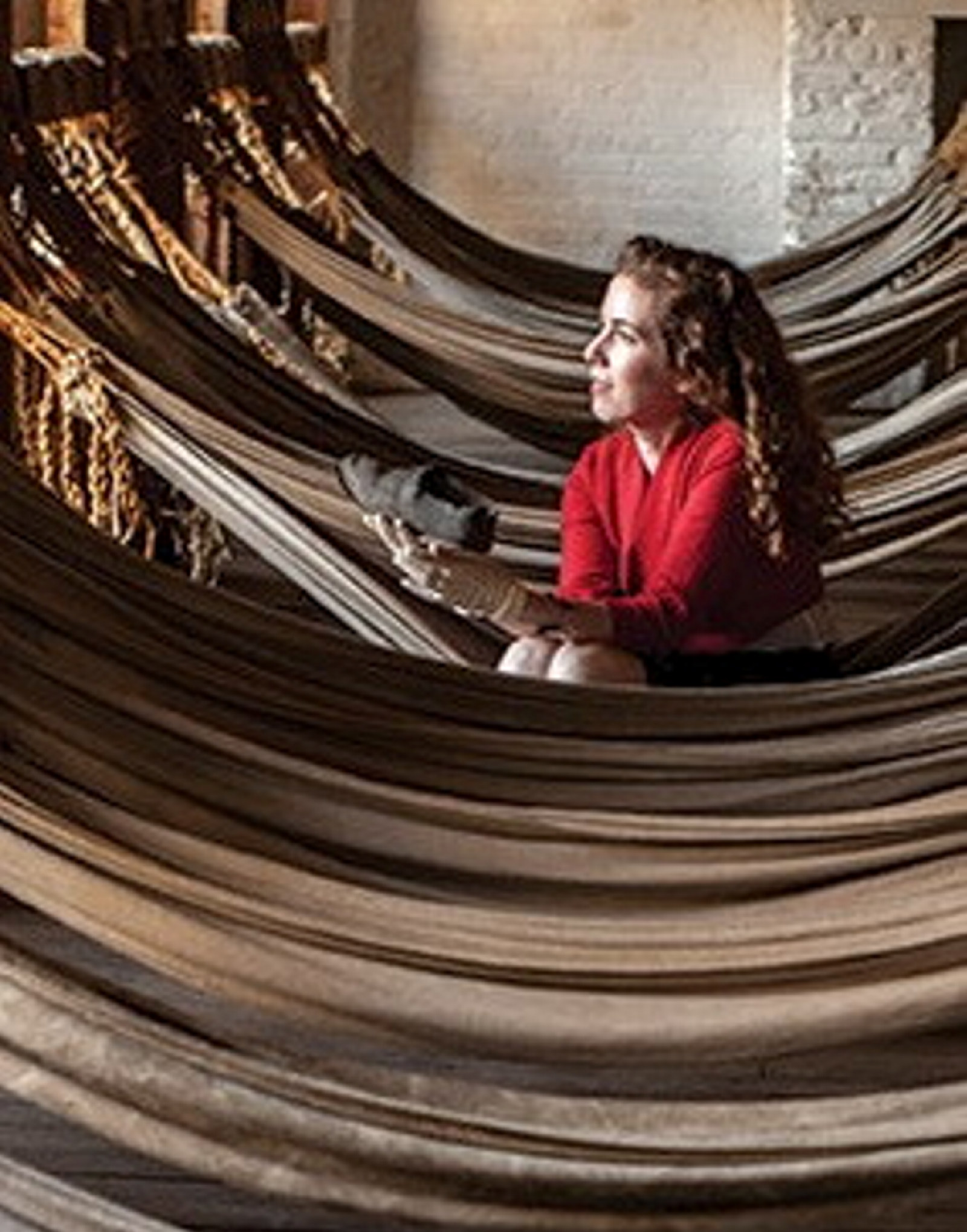Ann Carruthers
Thief, mother, inmate, unlucky
Arrived 1834 on Numa
About 13 per cent of convicts were women. They either lived at the Parramatta Female Factory or worked for private masters. Many found a prosperous future in the colony, but Ann Carruthers was not one of the lucky ones.
Given a 14-year sentence for stealing a shawl, Scottish convict Ann Carruthers arrived in Sydney in 1834 with her three-year-old daughter, Mary, who was taken away to the Female Orphan School because her mother was unable to care for her. During the mid-1840s, Carruthers was a regular visitor to the Hyde Park Barracks court, appearing at least 14 times for drunkenness, theft, being illegally at large, picking pockets and disorderly conduct. Among her punishments were several stints in the third-class wards of the Parramatta Female Factory. Tragically, in December 1846, and while serving yet another month in detention, she was struck by lightning and died.
Related
Browse all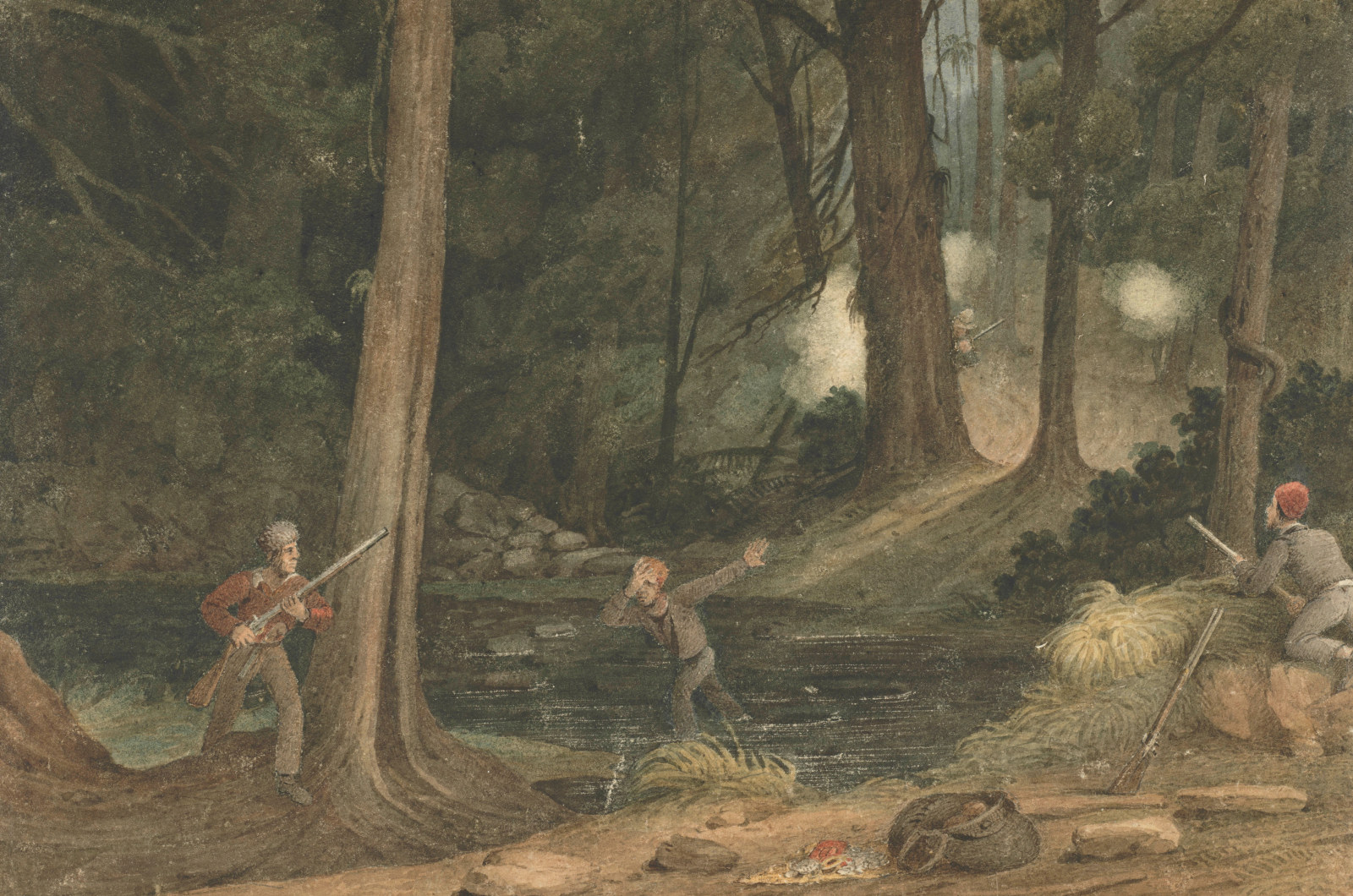
Convict Sydney
A world of pain
The combined aims of the assignment system, from 1826 onwards, were to equip farmers with cheap convict labour, to disperse convicts away from towns (and other convicts) and to keep an eye on each worker’s whereabouts and treatment
Published on
Convict Sydney
Browse all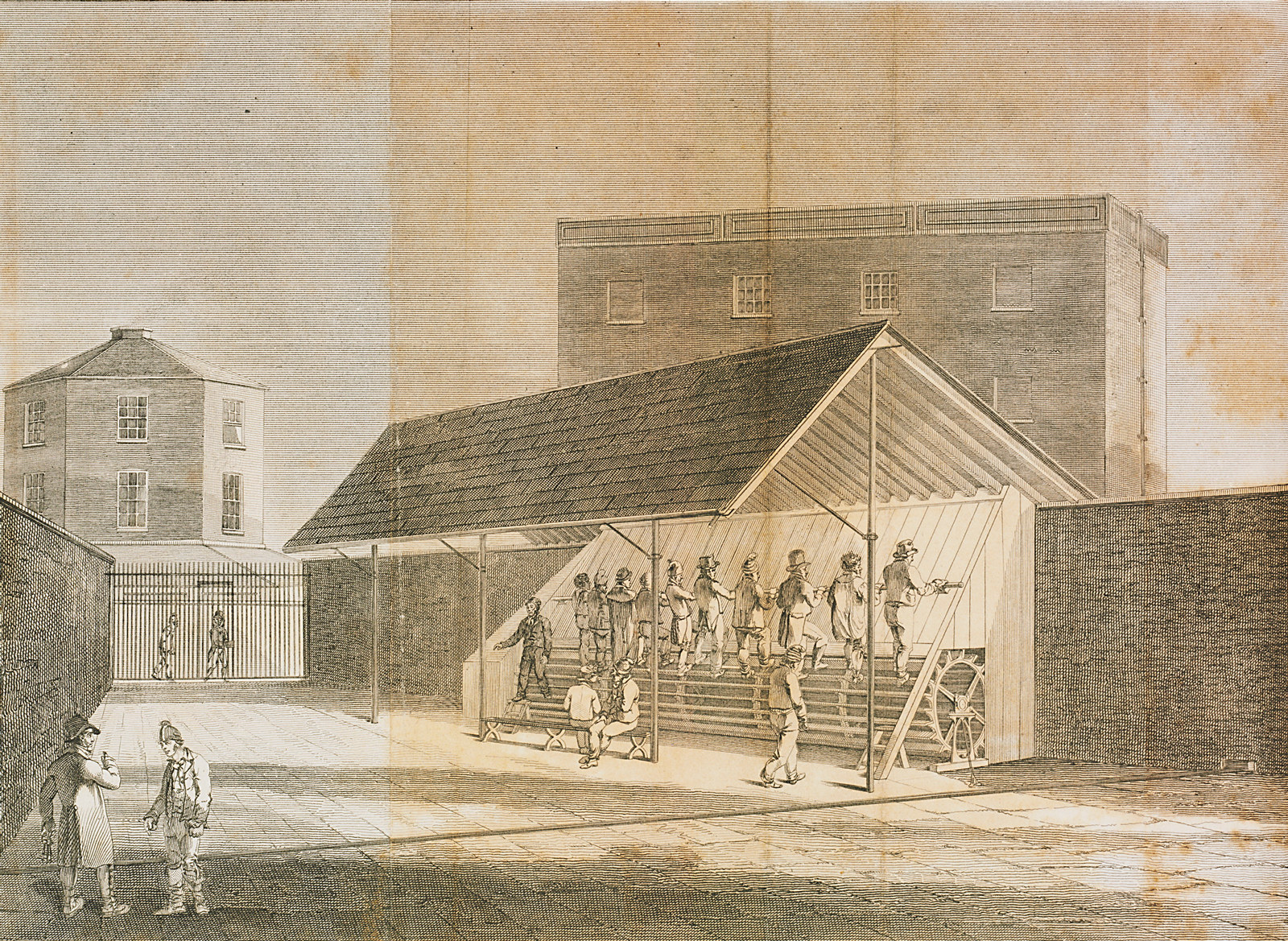
Convict Sydney
Convict punishment: the treadmill
As a punishment, convicts were made to step continuously on treadmills to power wheels that ground grain

Convict Sydney
Molesworth report
The findings of the 1837 Molesworth inquiry brought about the end of convict transportation to New South Wales

Convict Sydney
Dennis Dogherty
Not even men in uniform were spared the gruelling punishment of transportation. Desertion from the military was regarded as a serious crime, as Irishman Dennis Dougherty found out

Convict Sydney
Francis Macnamara
With their ‘flash’ slang words, convicts could undermine the control of the authorities. The rebellious verse of Macnamara, who clearly had the gift of the gab, must have struck a chord with his fellow convicts

Convict Sydney
William Ockenden
Although the authorities frowned on it, gambling at the barracks and in public houses was common among the convicts. Ockenden seems to have made it an art form

Convict Sydney
David Sturrman
Chief of the Khoi of the Cape of South Africa, David Stuurman (also Steerman/Sherman) was a resistance fighter who had been captured by the British

Convict Sydney
Charles Dolphus
Driven by the brutality of convict life and the will for liberty, plenty of convicts tried it, and some succeeded – including one-time Hyde Park Barracks convict Charles Dolphus

Convict Sydney
William Grady
Being connected with a notorious gang of London criminals known as the West End Mayfair Gang, or the ‘Terror of the Metropolis’, 16-year-old William Grady was more than likely to end up being transported ‘beyond the seas’

Convict Sydney
Charles Anderson
Some hapless individuals experienced the full horrors of convict transportation. It was no wonder that some, like Anderson, endured periods of mental instability
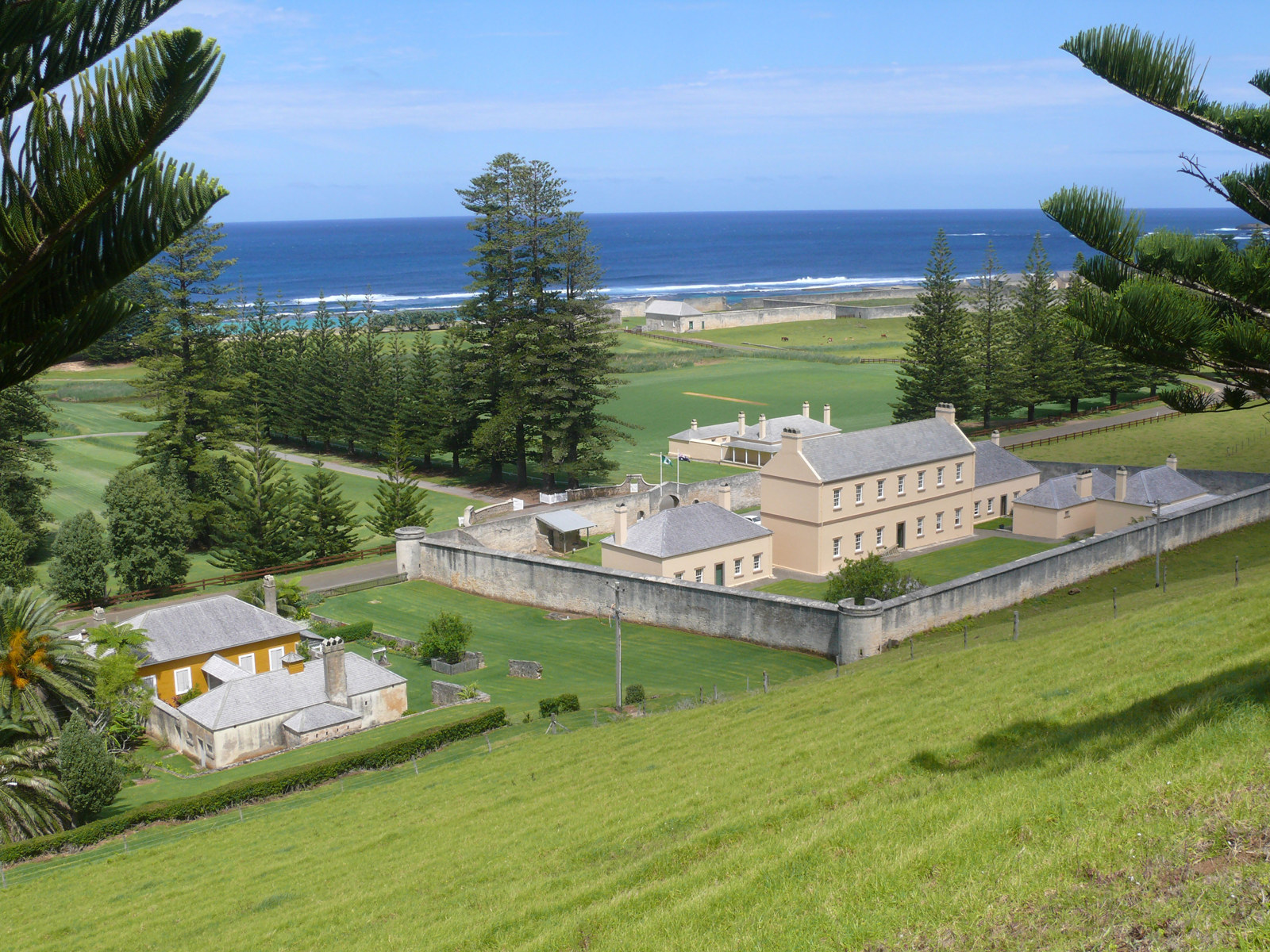
Convict Sydney
Norfolk Island
A hellish prison outpost was established in two phases on Norfolk Island between 1788 and 1855
